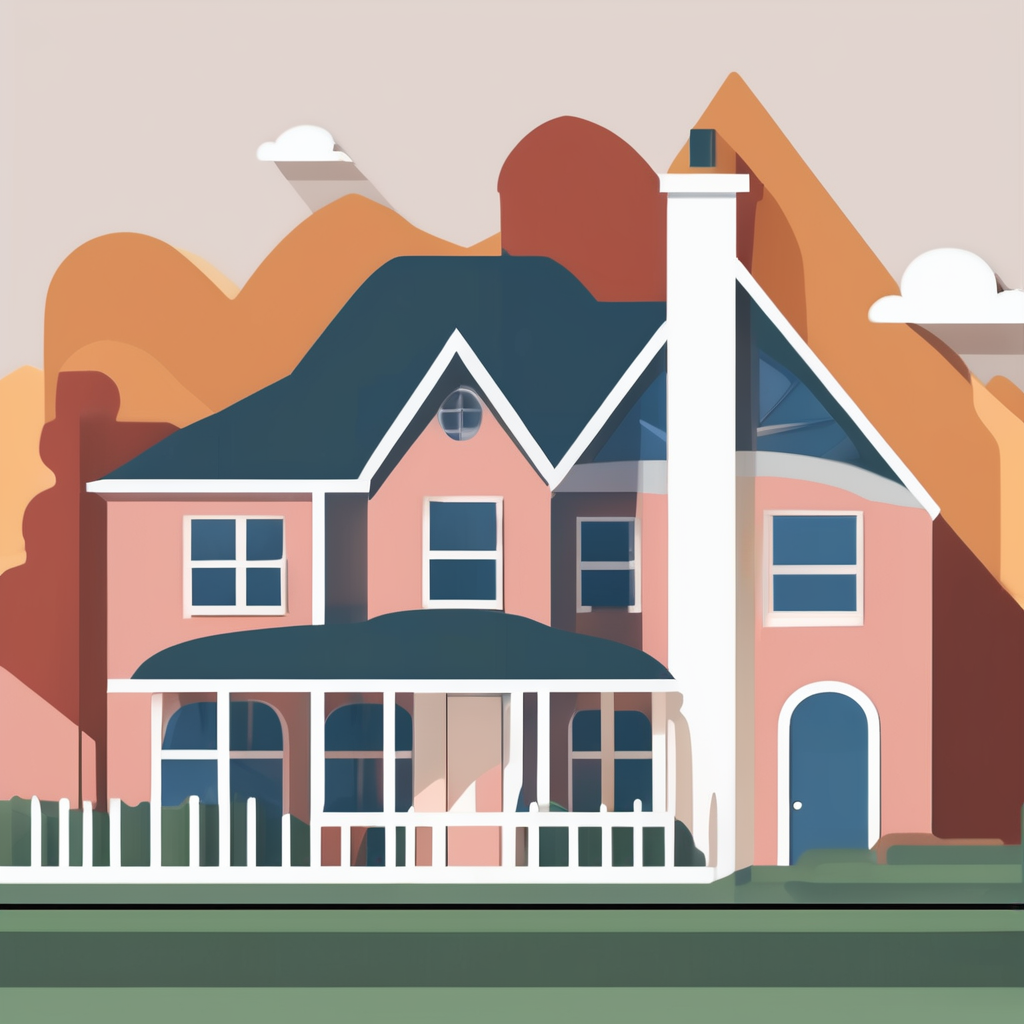Current Design Styles Dominating UK Home Architecture
Contemporary UK homes are showcasing a fascinating blend of modern innovation and traditional charm. In 2023-2024, the leading UK home architecture trends highlight this integration, balancing sleek, minimalist elements with classic British features like brickwork and sash windows. This duality appeals to homeowners seeking both aesthetic appeal and functional comfort.
Popular design styles in the UK increasingly emphasize open-plan layouts and sustainable materials, reflecting cultural shifts towards environmental awareness and flexible living spaces tailored to evolving lifestyles. Modern influences push for clean lines, large windows, and neutral palettes, promoting natural light and spaciousness. Meanwhile, traditional styles maintain their foothold through heritage-inspired details that preserve local character and historical context.
Also to discover : Why Are More People Choosing Urban Living in the UK Real Estate Market?
Lifestyle changes, such as the rise of remote work, have driven demand for adaptable spaces, such as home offices and multi-use rooms. This trend further influences architectural choices, encouraging designs that are both practical and stylistically versatile. Overall, UK home architecture trends are not merely about appearance but responsive to changing needs and values, making contemporary UK homes uniquely resonant with today’s homeowners.
The Shift Toward Sustainability and Eco-Friendly Materials
Sustainable architecture is rapidly transforming UK housing, driven by a commitment to reduce environmental impact. Builders increasingly prioritize eco-friendly building materials such as reclaimed timber, recycled steel, and natural insulation. These materials not only lower the carbon footprint but also contribute to healthier indoor environments.
Also to read : How Can UK Homebuyers Navigate the Real Estate Market Amidst Economic Changes?
Energy-efficient features have become standard in green home trends UK. These include triple-glazed windows, solar panels, and advanced heating systems like heat pumps. Such technologies significantly reduce energy use and utility bills, aligning with both environmental goals and homeowner savings.
Sustainable construction practices emphasize waste reduction and minimal site disturbance. For example, modular building techniques reduce on-site waste while ensuring quality control. Regulatory frameworks like the UK’s Part L Building Regulations push for higher energy efficiency, encouraging developers to integrate sustainable features from the design stage.
Case studies of eco-conscious homes demonstrate these principles in action. Many show how combining renewable materials with modern technologies creates functional and aesthetically pleasing living spaces. The focus on sustainability is not just an option but a growing mandate shaping the future of UK housing.
Integration of Smart Home Technology
Empowering modern homes with innovation
Smart home technology has surged in popularity across the UK, revolutionizing how homeowners manage security, comfort, and energy efficiency. Leading the charge, home automation UK is increasingly incorporating devices like smart thermostats, voice-activated assistants, and connected security cameras. These tools do more than just convenience; they actively optimize daily living by learning user habits and adjusting home settings accordingly.
For instance, smart lighting systems can be scheduled or controlled remotely, enhancing both security and energy savings. Similarly, integrated security solutions, which combine sensors and smart locks, provide real-time alerts allowing homeowners to monitor their property from anywhere. This level of control embodies the essence of tech innovation in homes, blending convenience with advanced functionality.
Experts emphasize that seamless integration is crucial. Systems that communicate smoothly prevent user frustration and maximize benefits. Therefore, many UK households are adopting centralized hubs or smart home platforms enabling unified management of multiple devices. With such integration, smart home technology evolves from isolated gadgets into a cohesive ecosystem tailoring environments to user preferences, ushering a new era in modern living.
Creative Use of Space and Multifunctional Living
Maximising limited urban UK housing space demands clever design solutions. Space-saving design techniques are essential in compact homes, especially in densely populated cities. Open-plan living is at the forefront, enabling rooms to serve multiple purposes. For instance, combining kitchens with dining and lounge areas removes barriers, making a home feel larger and more inviting.
Adaptable furniture further enhances multifunctional spaces. Items like fold-away beds, extendable tables, and stackable chairs transform rooms quickly depending on need. This flexibility benefits everyday living and accommodates guests with minimal fuss.
Flexible layouts also contribute to effective space use. Movable partitions and sliding doors allow homeowners to configure their environment according to the occasion—be it entertaining or quiet relaxation. Recent UK renovation projects showcase smart integration of these elements, turning small flats into practical, stylish homes without sacrificing comfort.
These approaches reflect more than trends; they respond to the practical demands of modern urban life. Designers prioritise multifunctional spaces to maximise every square foot, ensuring that compact properties remain highly functional and pleasant to live in. Combined, space-saving design, adaptable furniture, and open layouts offer a comprehensive strategy for making the most of limited floor plans.
Sought-After Features and Amenities in New UK Homes
In today’s market, trending home features reflect a blend of practicality and lifestyle enhancement. With remote work becoming a norm, home offices have surged in importance, often designed with natural light and soundproofing to boost productivity. Many new builds incorporate this feature as a standard, recognizing the shift in work habits.
Another prominent trend is the integration of biophilic elements—designs that connect occupants with nature. This includes indoor plants, green walls, and extensive use of natural materials. These features promote wellbeing, reduce stress, and improve air quality, making them highly desirable.
Outdoors spaces now extend the living area, with seamless outdoor integration such as large sliding doors, patios, and garden rooms. Post-pandemic lifestyles have elevated the appreciation for private outdoor areas, enhancing social interaction and relaxation at home.
Several architectural projects in the UK showcase these modern home must-haves. Developers prioritize open-plan layouts that blend indoor and outdoor spaces, while including luxury amenities UK homes buyers expect, like smart technology and sustainable construction. This convergence of features caters to evolving homeowner needs, combining comfort, functionality, and style.
